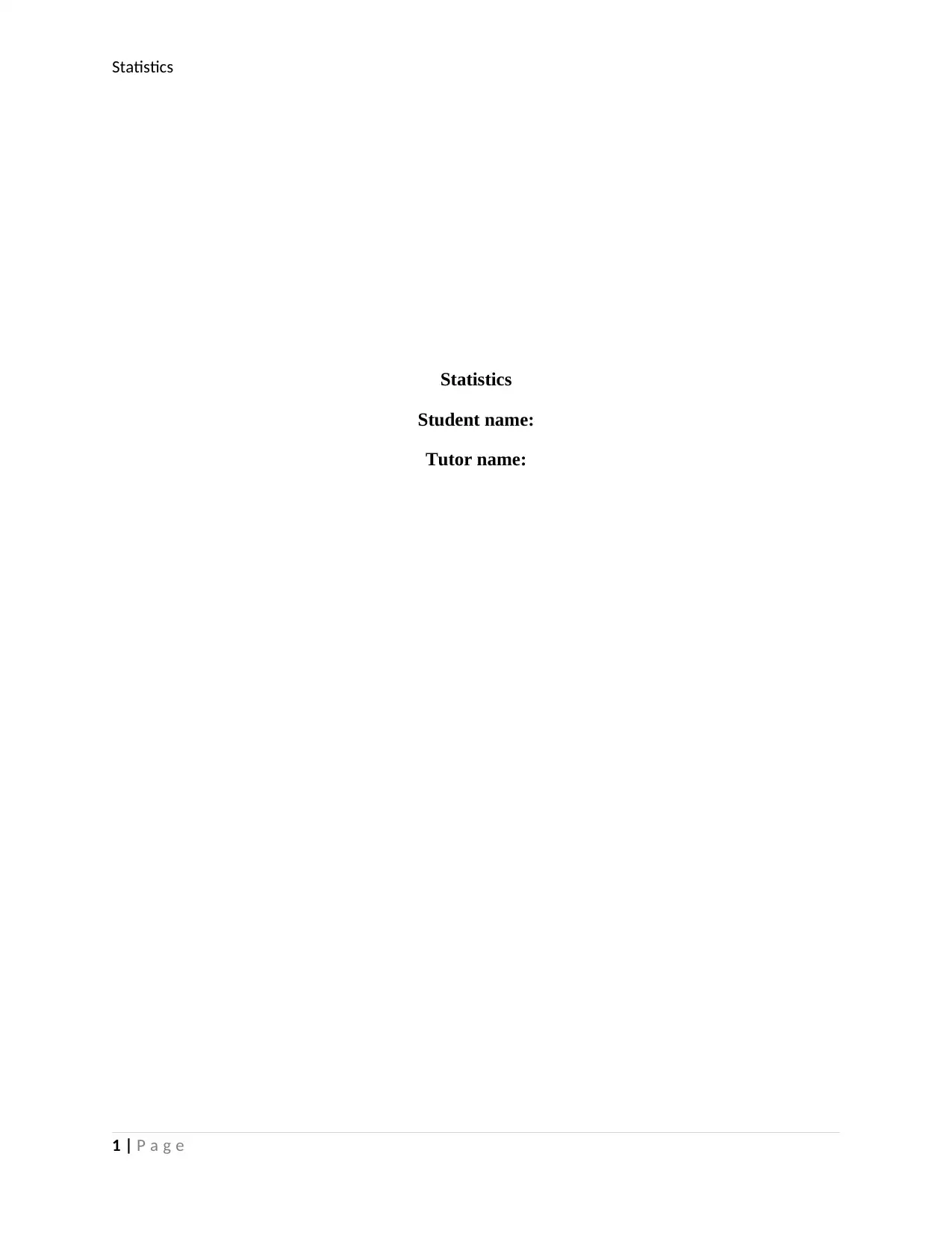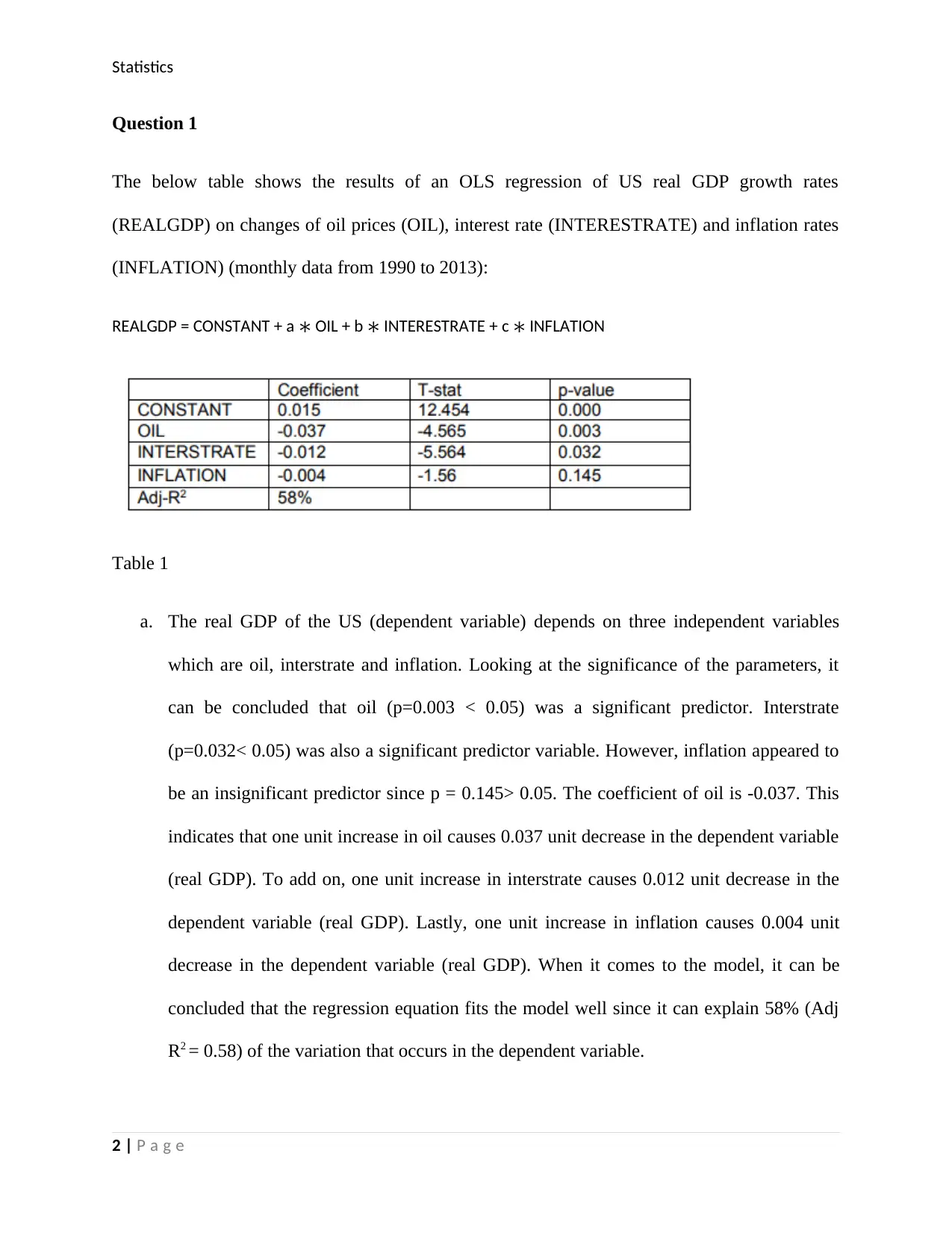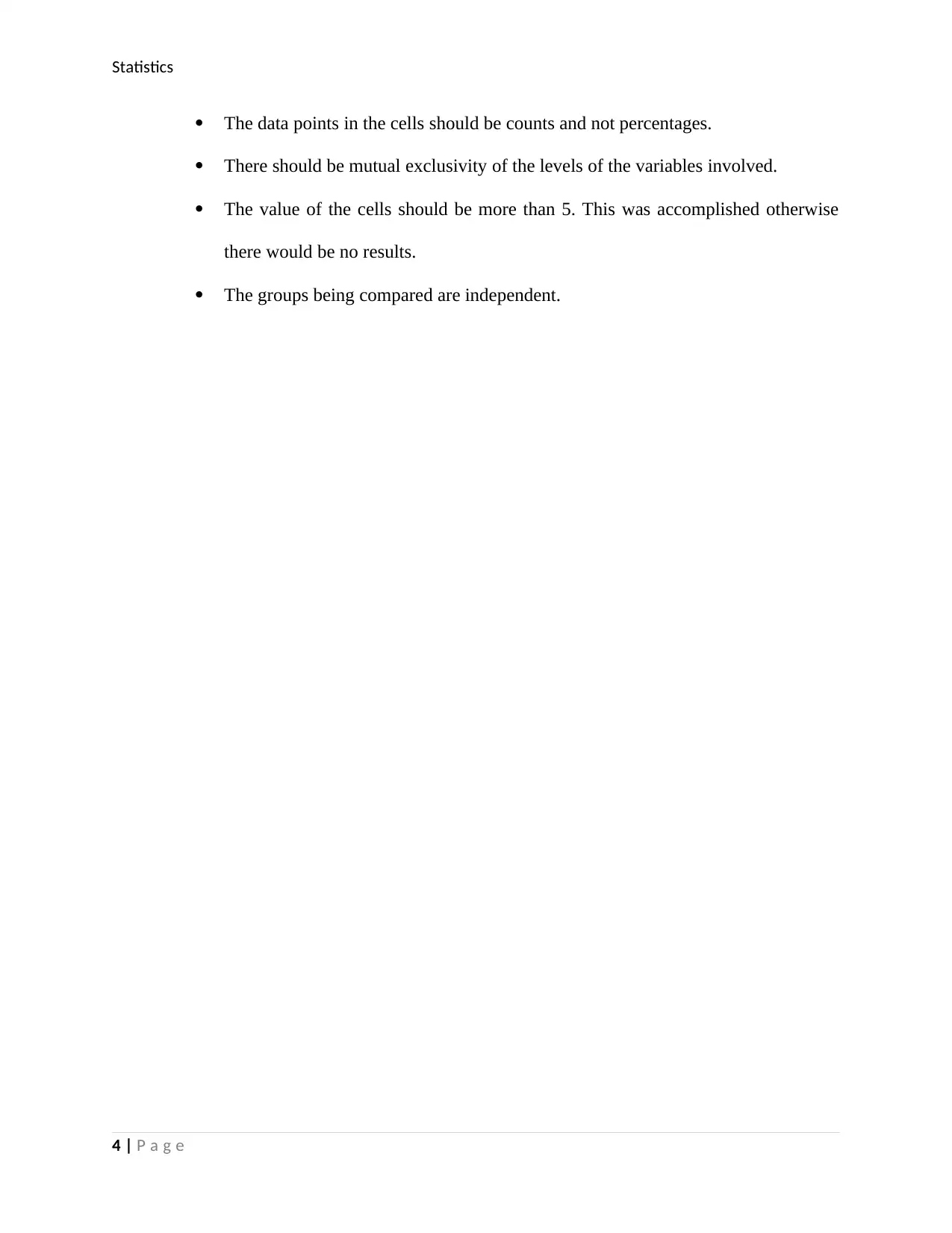Statistics Homework: Regression Analysis and Hypothesis Testing
VerifiedAdded on 2023/01/23
|4
|457
|81
Homework Assignment
AI Summary
This homework assignment involves the analysis of statistical data using OLS regression and hypothesis testing. The first question focuses on an OLS regression model analyzing the impact of oil prices, interest rates, and inflation on US real GDP growth rates. The student discusses the statistical significance of the parameters, interprets the coefficients, and assesses the overall fit of the model. The second part of the assignment presents a Mann-Whitney test comparing the distribution of productivity between different employee groups. The student identifies the null and alternative hypotheses, interprets the p-value, and discusses the assumptions of the chi-square test. The solution demonstrates a clear understanding of statistical concepts, the interpretation of statistical outputs, and the ability to draw meaningful conclusions from the data.
1 out of 4











![[object Object]](/_next/static/media/star-bottom.7253800d.svg)